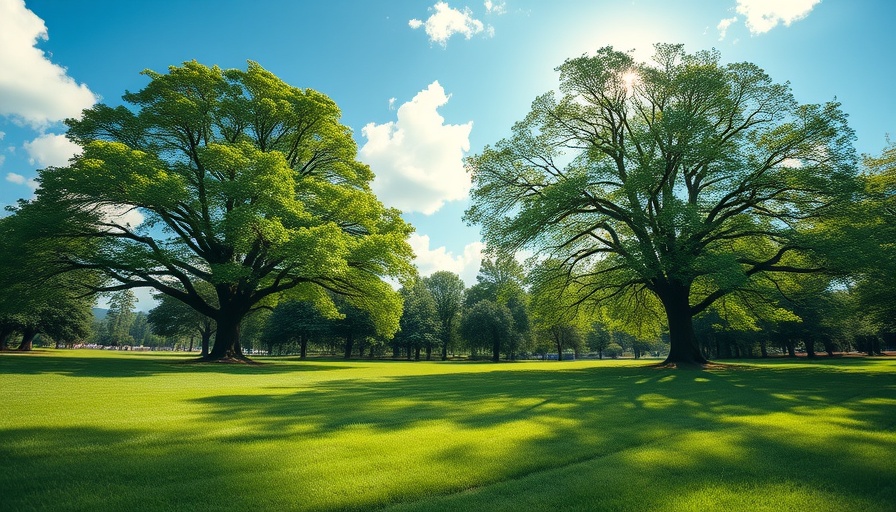
Aerating and dethatching: a necessary lawn treatment
Want a lush, vibrant lawn? Then ignoring aeration and dethatching is not an option. These essential lawn care practices boost the health of your yard. Aeration breaks up compacted soil. Dethatching removes excess buildup of dead grass. Both are vital for ensuring your grass stays strong and thrives.
Understanding aeration basics
Aeration is all about getting more air, water, and nutrients into the soil. Compacted soil from foot traffic and rain can be a big problem, suffocating your grass roots. Healthy grass needs room to grow. Aeration allows roots to breathe by creating small holes in the soil.
There are two types of aeration: spike and core. While spike aeration only makes holes, core aeration removes plugs of soil and is far more effective. By improving soil structure, your grass will grow stronger and more resilient against drought and disease.
The role of dethatching in lawn care
Thatch is that layer of dead organic material that can smother your grass if it gets too thick. A bit of thatch helps protect and retain moisture for the soil. But when it builds up to over half an inch, it becomes a problem. With too much thatch, nutrients and moisture struggle to penetrate. This creates weak grass prone to pests and diseases.
Dethatching removes this excess layer. Whether using a dethatching rake or hiring a professional, this task helps rejuvenate your lawn.
How these practices change everything
Aerating and dethatching are transformative. These practices help your lawn absorb nutrients effectively. Without aeration, fertilizer might only sit on the surface, wasting your efforts. Dethatching ensures water can soak in, instead of just running off.
Lawn care experts like Ron Smith emphasize that too many homeowners overlook these steps. They see professional groundskeepers aerating and dethatching, but assume it’s not for them. This couldn’t be further from the truth—everyone deserves a healthy lawn!
Timing is everything
For cool-season grasses, spring and early fall are the best times to aerate and dethatch. For warm-season grasses, wait until late spring or early summer when conditions are perfect for growth. Seizing these ideal windows ensures your grass gets maximum benefits as it recovers.
Final thoughts on lawn maintenance
Getting your lawn back on track might seem daunting, but with regular aerating and dethatching, you can create a vibrant outdoor space. These practices bolster your lawn’s strength and improve its response to care routines. If you want a lawn to love, you need to give it the care it deserves. Roll up your sleeves and make aeration and dethatching part of your regular lawn care routine.
 Add Row
Add Row  Add
Add 




 Add Row
Add Row  Add
Add 

Write A Comment